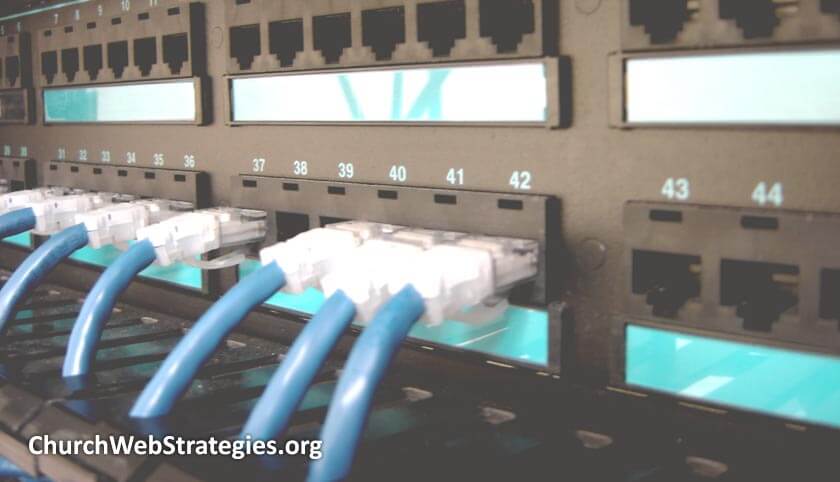If content is king, then context is the kingdom. Understanding what content your visitors want to consume when they visit your church website cannot be separated from how they are consuming it. Gone are the days where we can assume they are sitting at home in front of a traditional computer. The advent of mobile devices puts many other scenarios in play. With a firm understanding of your audience and their behavior, mapping out these use cases will be much easier.
In my previous article I delved into the different types of mobile devices. Because of their connectivity and size; they are often used in different scenarios. Some of those scenarios should integrate with your personas to determine some use cases. Thus you should not only define what someone is attempting to do on your website, but also where they are and with what type of device. I am sorry to add extra complication to your use cases, but this last step forces you to consider context.
Connectivity
Before jumping into context, each device has certain limits that may allow you to narrow the spaces you are considering a visitor using their device:
- Laptop users are more portable than a desktop machine, but require a space with wireless access. An Internet café, coffee shop, library, and college campuses often feature the connectivity a laptop does not have by default.
- Phones use wireless connections to save bandwidth on their cellular plans, and to consume less battery power. However when out of range, they can utilize their carrier’s cellular network. Most 3G and 4G connections offer adequate transfer speeds for most applications and websites.
- Tablet users with a device capable of only wireless connections has the same limits as a laptop user. However some feature cellular options, allowing them to be as free as phone users.
- One curve ball are the devices that turn a cellular connection into wireless hotspots. There are dedicated devices, USB modems, as well as applications for phones that allow previously disconnected devices, to access the Internet on the same networks phones enjoy. The good news is that they are not extremely prevalent, as the devices are somewhat costly and require additional cellular service plans to use.
Context
Now that you understand some of the connectivity limitations, let us examine where and how these devices are most typically used:
- It is very common to see people fiddling with their mobile devices as a “gap filler” during their day. While waiting for a meeting to start, commuting, or even while walking down the street. Typically they are not browsing a website, but checking out their social media platforms. Yet if your church has a presence there, they can enjoy some brief interactions or be reminded of upcoming events.
- Probably a more urgent scenario is they are using a connected device to gather information while they are out and about. This very purposeful website visit is an information hunt; with directions, times, and locations as the most common targets. These paths should have the lightest experiences with the quickest click paths; reducing time and frustration and allowing your visitor to get information they desperately seek. A great example is someone driving around lost while a passenger urgently looks up directions.
- Casual browsing is the last scenario, and with the proliferation of small and light devices, is occurring more often. This form of multi-tasking is invading homes across America, as people are not content to do one thing at a time. Most prevalent is couch surfing, where we no longer simply watch television, but also browse the web. Additionally, tablets and eReaders are replacing conventional books for our evening reading. During commercials and at bedtime; your visitors are probably the most focused they are going to be on their device. So it would make sense to save your most reading intensive posts and social media updates for around 7-8 o’clock at night.
Action Item: Consider a user’s context as well as the content you want to provide them. Layer in the limitations of connectivity (slow, fast, or no connection) to attempt to restrict the number of scenarios you can have. Not only can you tailor content to fit those specific needs, but start building a case for ensuring your website is mobile device friendly. I know I keep throwing more complexity into your web strategy, but as this arena grows and matures; so should your church’s approach to it.
Photo courtesy of Mario Alberto Magallanes Trejo

